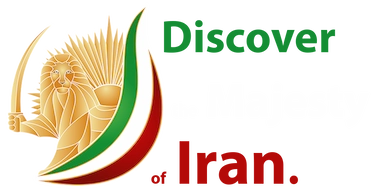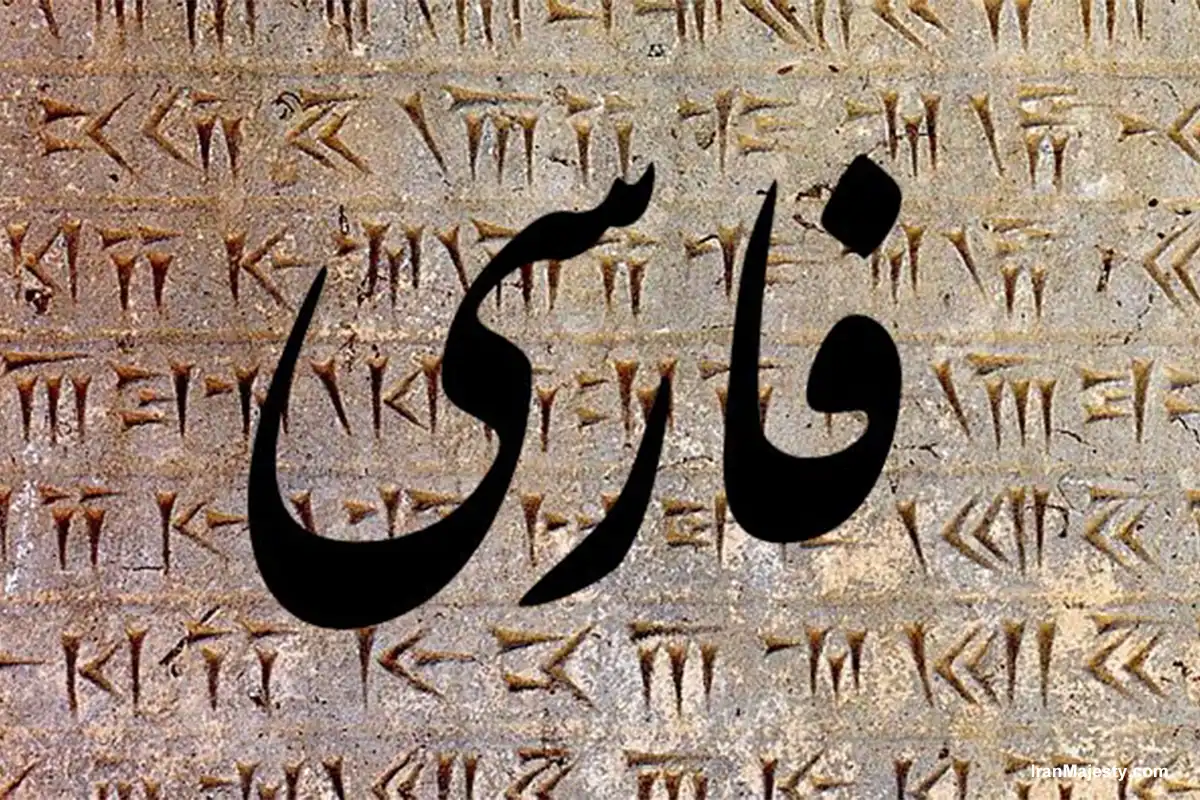You might be curious about the language of Iranians, wondering, “ what language is spoken in Iran?”, “ what type of language does Iran speak?”, or “ what language is spoken by most Persians?”
Iran is a country known for its cultural and linguistic diversity, with many languages spoken across its different regions. While Persian (also called Farsi) is the official language, there are several other languages and dialects spoken by the various ethnic groups that call the country home. In this article, we’ll explore the primary and regional languages of Iran, Iran’s linguistic landscape, and its cultural richness.
Persian (Farsi) – The Official Language
Persian, or Farsi, is the official language of Iran and is spoken by the majority of the population. An Indo-Iranian language with a history stretching back thousands of years, Persian has deep roots in literature, poetry, and philosophy. Persian is used in government, media, education, and daily life throughout the country, making it central to Iranian identity.
Other Major Languages in Iran
Iran’s rich diversity includes several other languages, spoken by ethnic groups across the country:
- Azerbaijani (Azeri): Spoken by Iran’s large Azerbaijani population in the northwest, Azeri is a Turkic language and shares similarities with Turkish. It is commonly used in media and local schools in the provinces of East and West Azerbaijan.
- Kurdish: Kurdish is spoken by the Kurdish ethnic group, primarily in the western provinces of Kurdistan, Kermanshah, and West Azerbaijan. Different Kurdish dialects are used in local literature, music, and oral traditions.
- Arabic: Arabic is spoken by the Arab ethnic minority in the southwestern Khuzestan province. Arabic is also used in religious contexts, as Islam’s holy texts are in Arabic.
- Baluchi: The Baluchi language is spoken by the Baluch people in the southeastern provinces of Sistan and Baluchestan. Baluchi has several dialects and is similar to languages like Pashto and Sindhi.
- Turkmen: Spoken by the Turkmen ethnic group in the northeastern Golestan province, Turkmen is a Turkic language closely related to languages in Central Asia.
Smaller Regional and Minority Languages
Iran is also home to several smaller ethnic groups who speak distinct languages, including:
- Mazandarani and Gilaki: Spoken along the Caspian Sea coast in Mazandaran and Gilan provinces, these languages are similar to Persian but retain unique characteristics.
- Luri and Bakhtiari: Spoken by the Lur and Bakhtiari tribes in the southwestern region, these languages share some traits with Kurdish.
- Armenian: The Armenian community in Iran, particularly in Tehran and Isfahan, speaks Armenian and maintains its own cultural and religious institutions.
Communication in English in Iran
Many Iranians, especially younger generations and those in urban areas, are learning English as a second language. English is part of the educational curriculum, and with the increase of internet usage, social media, and globalization, Iranians are more exposed to English than ever before. In major cities, you’ll find that many people, particularly in tourism, hospitality, and business, can communicate effectively in English. While Persian remains the primary language, Iran’s growing interest in English makes it easier for travelers to communicate, find directions, and enjoy a comfortable experience across the country.
Iran’s Linguistic Diversity in Education and Media
While Persian is the primary language used in government, media, and education, Iran recognizes its linguistic diversity. Many local schools in areas with large minority populations incorporate native languages, such as Azeri or Kurdish, alongside Persian. Regional newspapers, radio stations, and television programs also broadcast in these languages, helping to preserve local cultures and dialects.
The Cultural Significance of Language in Iran
Language in Iran is more than a means of communication—it’s a reflection of the nation’s diverse identity and rich history. Each language and dialect represents a unique part of Iran’s cultural tapestry, with traditions, customs, and art forms passed down through generations. Persian literature, in particular, has influenced world literature, with poets like Rumi, Hafez, and Ferdowsi celebrated internationally.
“Here’s a fantastic video on “what language do Iranians speak?” by “Zoe.languages”. I’m embedding it to provide you with additional context, with full appreciation for the creator’s efforts.”

Ready to Explore Iran’s Linguistic Heritage?
Iran offers a unique cultural experience where travelers can encounter a mosaic of languages, each with its own history and traditions. Whether you’re exploring vibrant bazaars in Tehran or visiting the Kurdish regions in the west, Iran’s diversity adds a unique charm to every destination.
Footnote: If you enjoyed learning about Iran’s languages, please leave a comment or ask any questions below. And don’t forget to share this article with others interested in Iranian culture!


0 Comments